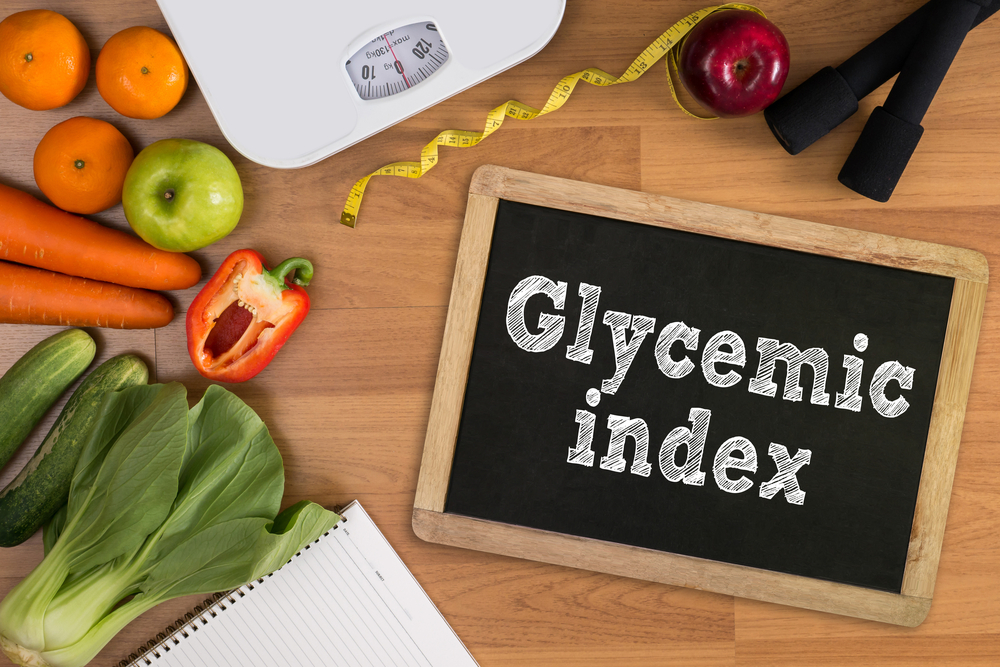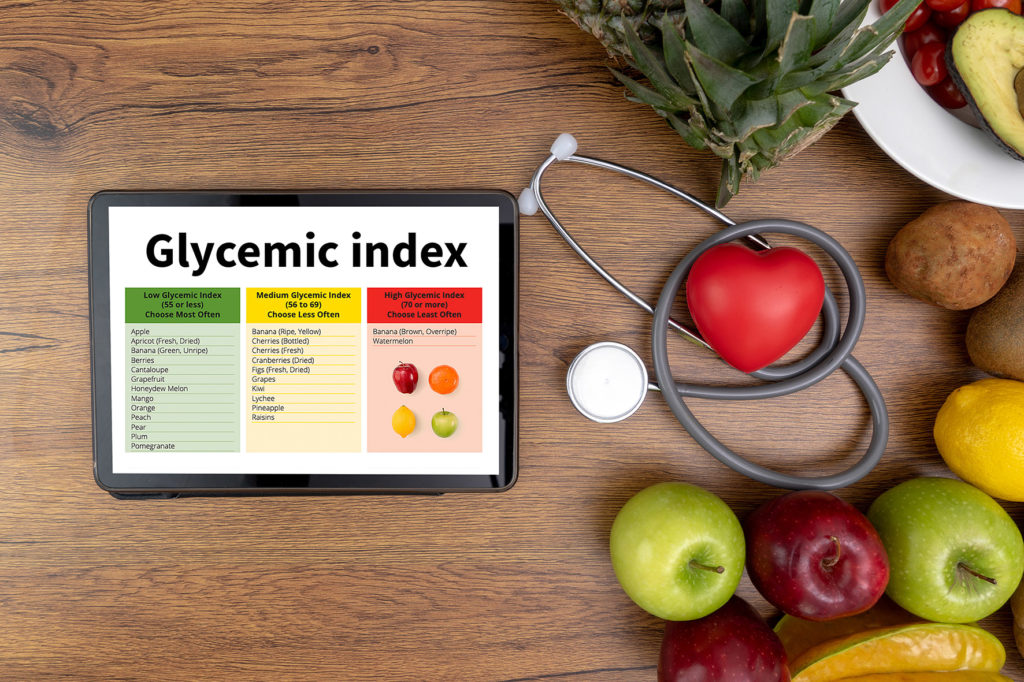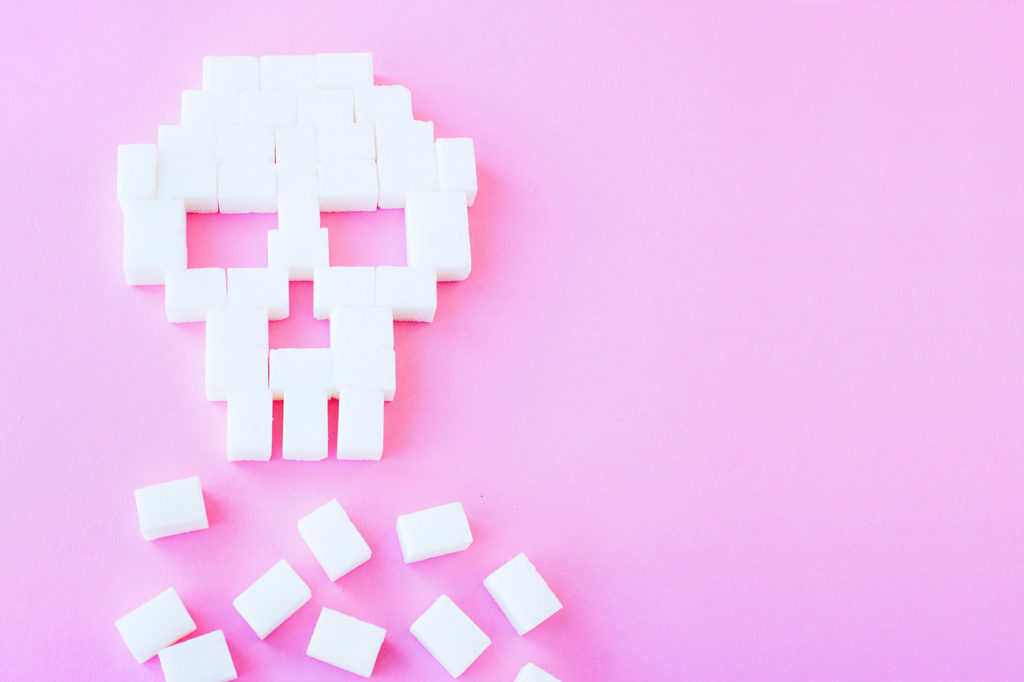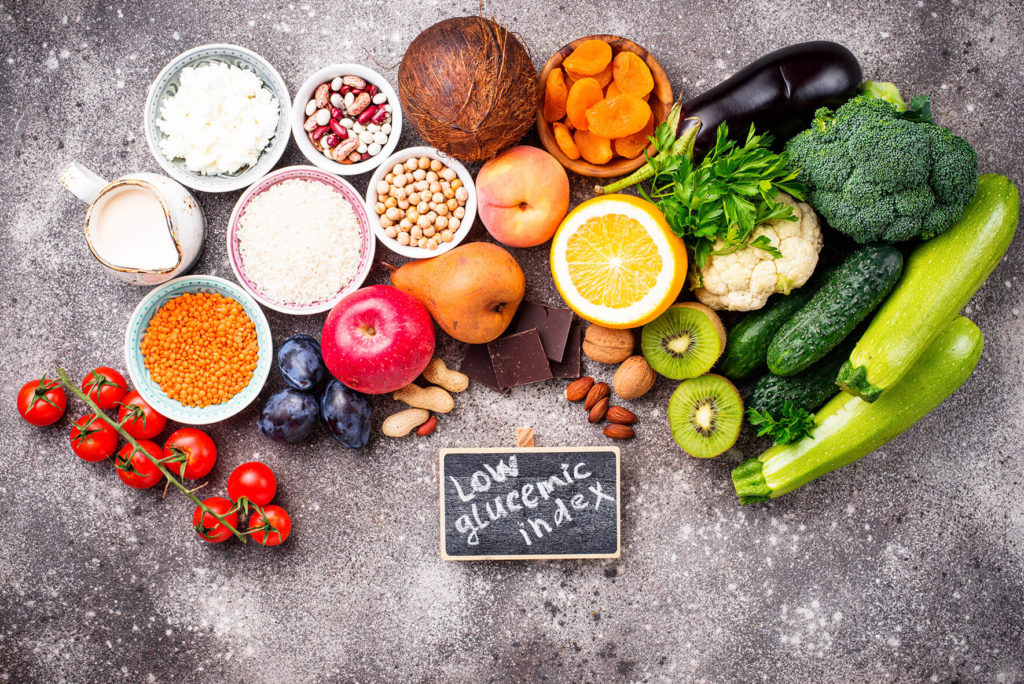The glycaemic index is a ranking of foods containing carbohydrates or sugars. They are classified according to their ability to raise blood sugar levels in the human body. When a person's glycaemic index is too high, he or she may experience various health problems, which become chronically dangerous.
The glycemic load is the way to correlate the glycemic index of a food, so that foods containing sugar do not become a poison for its consumer. By realising how much blood sugar the body needs every day to function properly, the consumer can take care of his or her health and is not forced to go without all the time. In this article, we explain this nutrition key information.
Glycemic index values
Each food contains a different glycaemic index value from each other. The glycemic power of each food is measured directly during digestion. The glycaemic index of a food is given in relation to a reference food, which is white bread recognised as pure glucose, with an index of 100.
The glycemic index of a food is said to be high when it exceeds the value of pure glucose. The glycaemic indexes of foods are classified into three categories: low, medium and high.
The glycaemic index of a food is low when it is less than or equal to 55. This is the GI of most fruits, green vegetables, cereals, rice, chocolate, milk and dairy products, meats, oilseeds. . .
The glycaemic index is said to be medium when it is between 55 and 70. This is the case for all wholegrain products. Wholemeal bread, white rice, honey, potatoes, and certain fruits such as bananas, apricots, figs, etc.
Above 70, the glycemic index is said to be high. This value corresponds to the GI of white bread, peeled potatoes, Chips, dates, white sugar and chocolate bars.
The higher the glycaemic index of a food, the higher the glucose level in the blood after digestion. This is why people with diabetes keep a close eye on their diet.
The factors that influence the glycaemic index
If two people eat the same food, their bodies may react differently because the glycaemic power of foods varies according to several factors.
The physical state of the food is one of the factors that influence its glycaemic power. A liquid food and a solid food do not have the same glycaemic index. For example, eating an apple and drinking a glass of apple juice are not the same thing.
The way in which food is cooked plays an important role in the variation of the GI of food. The temperature, the duration, the addition of fat can vary the glycemic power. The way in which foods are eaten can also vary their glycaemic power.
What is the glycemic load of a food?
While the glycemic index provides information on the quality of carbohydrates, the glycemic load takes into account the quantity of carbohydrates ingested. The glycemic index of a food gives the effect of the intake of a fixed quantity of this food on the glycemic load.
However, it does not represent the amount of carbohydrate ingested when eating a normal portion of the food. To remedy this problem, the term glycaemic load was introduced.
To know the effects of a carbohydrate food on the body, one needs to know both theglycaemic index of the food in question and the amount swallowed. The glycaemic load is obtained by multiplying the GI of a food by the amount of carbohydrate in one serving of that food, then dividing by 100.
If the result is less than or equal to 10, the glycaemic load is said to be low. If it is between 10 and 19, it is called moderate. If it is greater than or equal to 20, the GC is high. It is better to eat a diet with a low GC to avoid health problems such as diabetes, cardiovascular problems or obesity.
What foods should be prioritised?
The higher the glycaemic index, the more quickly the food raises the blood sugar level. This immediately triggers a strong secretion of insulin, whose role is to lower the sugar level.
Therefore, a food with a high GI causes a rapid drop in blood sugar as a result of the action of insulin. When sugar drops, this increases hunger andpotentially weight gain.
To keep insulin secretion in balance, hyperglycaemic foods should be eaten in moderation. Fast-cooking rice, white bread, banana, these are high-GI foods, which should be avoided, especially if you have diabetes problems or are on a special diet.
Instead, prioritise low GI foods such as oatmeal, dried figs or green beans, as well as all meats and fish.
For sportspeople, the glycaemic index of a food can influence performance. Before making intense efforts, it is advisable to consume foods with a high index to produce the sugars that are essential for the effort.
However, for longer training sessions, low GI foods are more suitable as they cause a slower but longer lasting release of energy. After exercise, the consumption of high GI foods facilitates and accelerates recovery.




